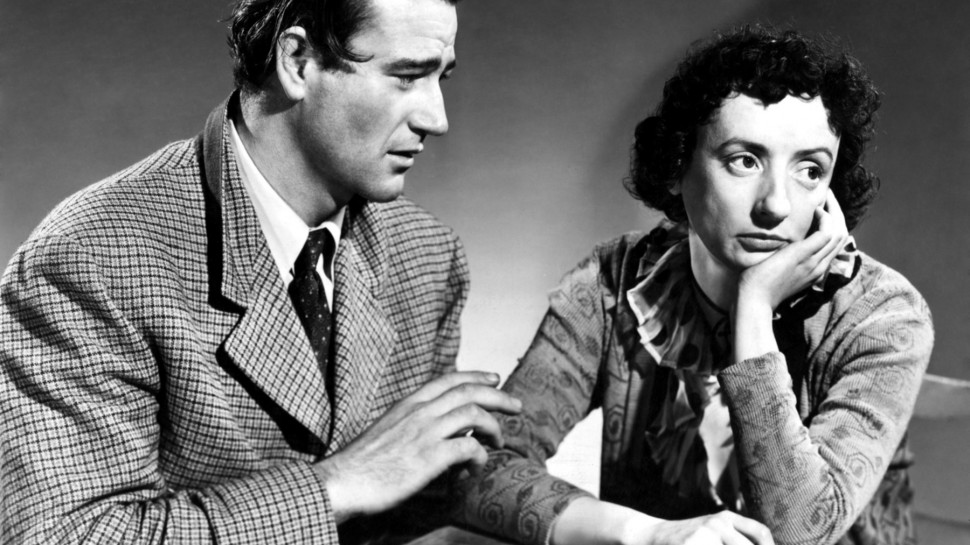
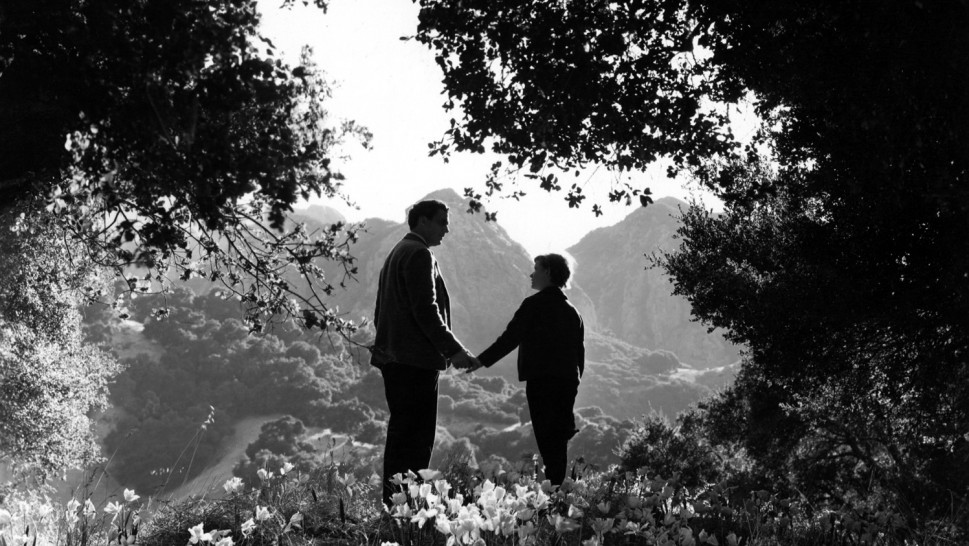
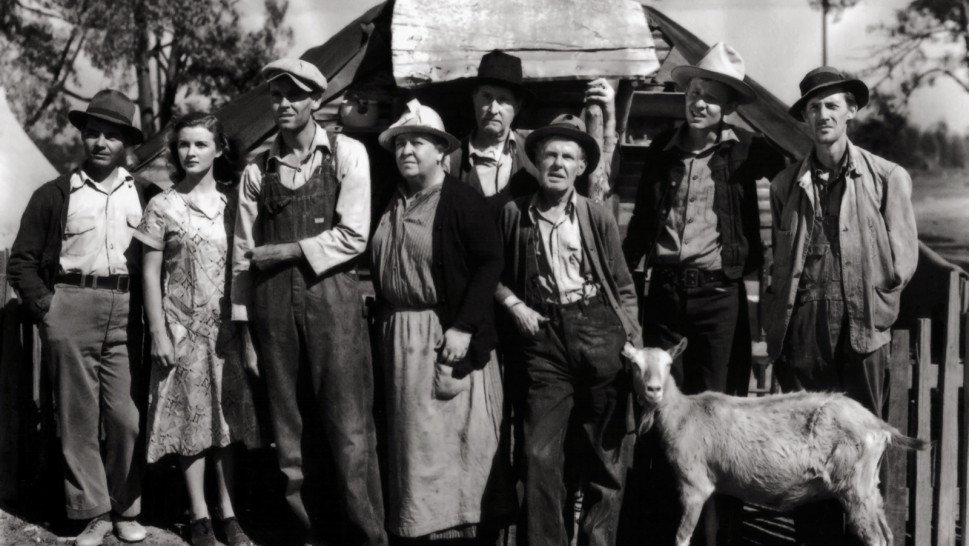
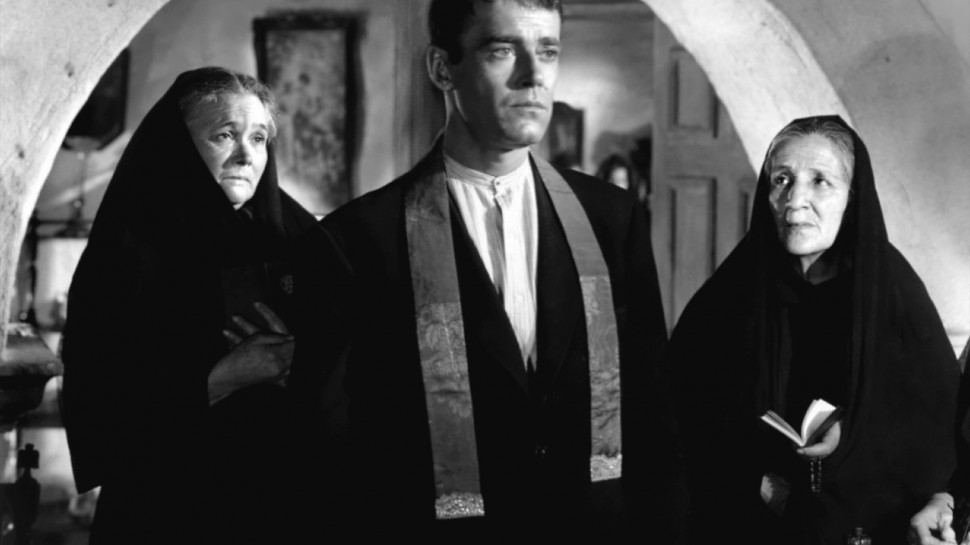
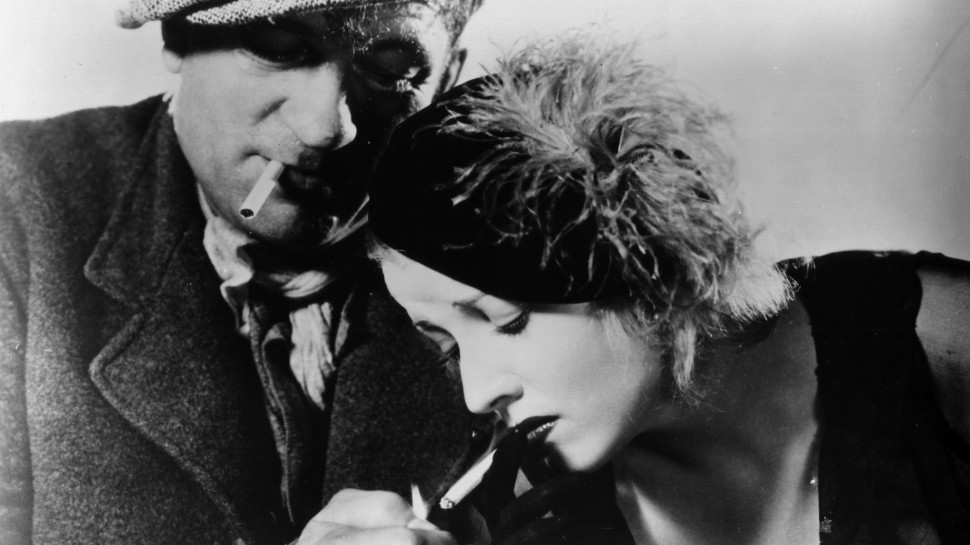
Classic Ford.
A John Ford Retrospective, Part I
The towering figure of John Ford (1894-1973) casts a long and irrefutable shadow across the history of the American cinema. Yet the breadth and measure of Ford’s major contributions to the Golden Age of Hollywood cinema, and to film language in general, remains somewhat difficult to discern – obscured both by the sheer magnitude of his incredibly prolific sixty year career and by the persistent image of Ford, fixed late in his career, as an anachronous and often cantankerous artist clinging stubbornly to the Western genre. Rarely recognized in full are Ford’s great achievements as a consummate visual stylist and master storyteller. Crafted in close collaboration with many of the greatest cinematographers of the studio era - William Clothier, Bert Glennon and Gregg Toland among them - and channeling European and especially American painterly traditions, Ford’s cinema is aesthetically sophisticated and varied. Beginning with the moody Expressionism of his late silent and thirties films, Ford’s oeuvre underwent a series of rich stylistic transformations, giving way to the expressive realism of his forties work that, in turn, gradually shifted to the stark classicism of his late films in the 1950s and 1960s. Echoing the notable stylistic diversity of Ford’s cinema is the equally impressive range of genres in which he successfully worked, over and beyond the Westerns for which he is still best known. Between the extraordinarily prolific years of 1926 to 1945, it must be noted, Ford actually directed only one Western, Stagecoach (1939). Ford’s career is, in fact, distinguished by his singular, often quite idiosyncratic, approaches to popular genres - the brisk adventure narratives of The Prisoner of Shark Island (1936) and Drums Along the Mohawk (1939), the leisurely paced small-town comedies Steamboat Round the Bend (1933) and The Sun Shines Bright (1953), the erotically charged safari-romance Mogambo (1953), the deeply melancholy films of war, like The Long Voyage Home (1940) and Rio Grande (1950) - more concerned with the ritualized quotidian spaces between the battles than the fighting itself. Ford’s interpretative approach to genre filmmaking informs his eventual return to his earliest roots as a director of Westerns and the series of ruminative and increasingly mournful Westerns that began with My Darling Clementine (1946) and led to his dark masterpiece, The Searchers (1956).
Ford’s incredibly unflagging talents and rare ability to harness the complex studio apparatus to make genuine works of art eventually drew the attention of critics, historians and critics-turned-filmmakers Lindsay Anderson and Peter Bogdanovich. Ford was, in fact, among the very first Hollywood directors to be recognized as an auteur whose films shared a vivid personal signature and concern for certain dominant themes. One of the most important overriding themes of Ford’s cinema is American history and, more specifically, the shaping forces and strong-willed individuals who have defined the U.S. as a nation and an idea. Ford’s lifelong fascination with such legendary figures from American history as Wyatt Earp and Abraham Lincoln drew his films frequently back into the distant past to explore the myths and legends firmly rooted in both the popular imagination and official history. Intermingled with Ford’s concern for the myths of history - or perhaps, one could say, the history of myths - is his deep and abiding love of the West as the cradle of American civilization and as a potent quintessence of the American psyche. Ford’s cinema offers one of the most important and sustained mediations on the West in American popular culture. In such works as My Darling Clementine, Wagon Master, Fort Apache and The Searchers, the distinct landscapes and culture of the late 19th century West - including the Native Americans who figure increasingly prominently in Ford’s late work - are given such vivid shape that they remain among the most influential and lasting representations of this absolutely formative period in our nation’s history.
This multi-part retrospective begins with an expanded selection of Ford’s most enduring works, including a number of lesser known major films - Mogambo, Prisoner of Shark Island, Wagon Master – and featuring visits from distinguished experts on Ford’s cinema Tom Doherty and Tom Conley.


























